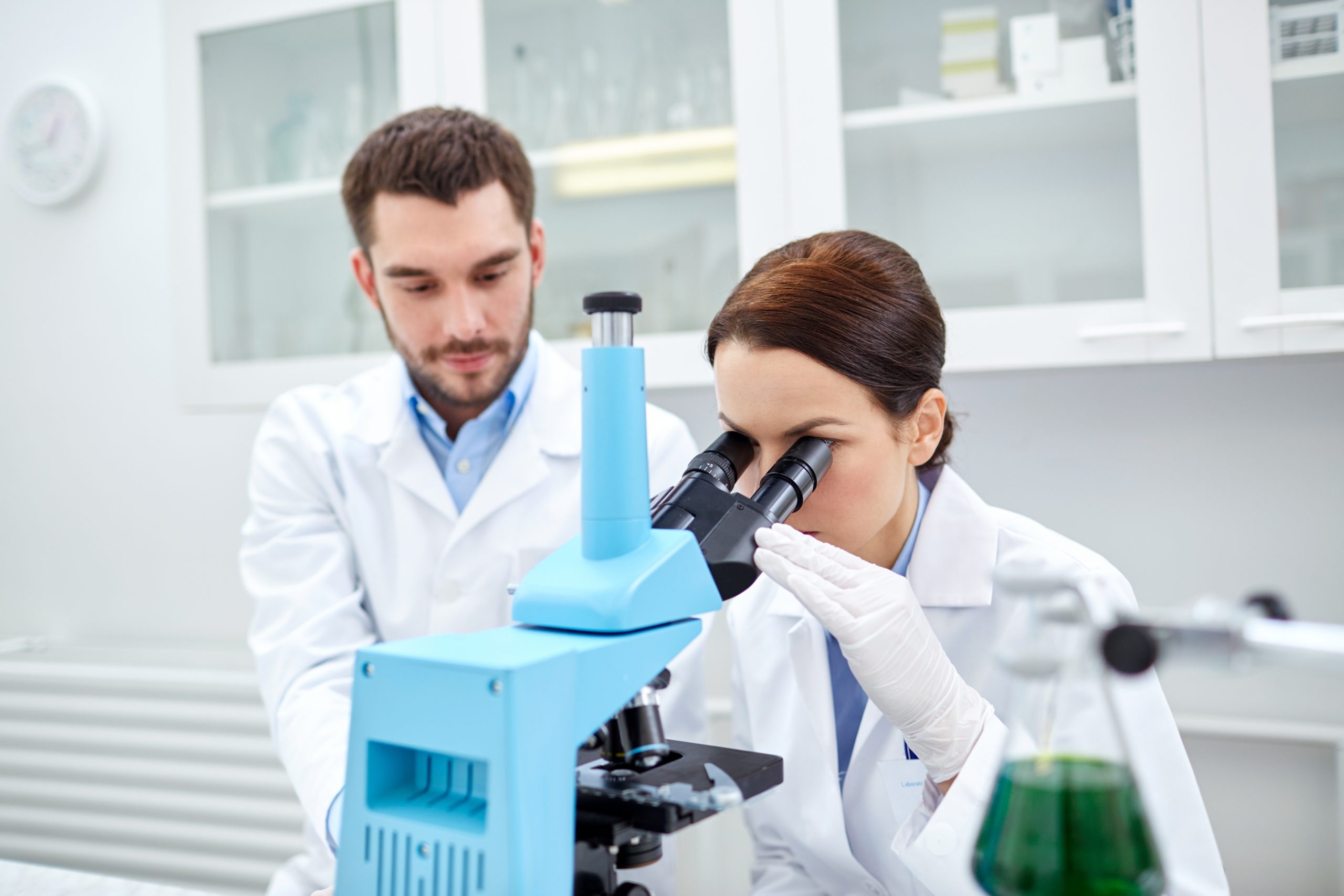Scientists Uncover “Helpful” Bacteria for Honeybees
May 14, 2015
New Bacteria Helps Honeybee Larvae Flourish
The honeybee population is constantly under fire from a number of different stressors including poor nutrition, disease, and the effect of pesticides, among many others. These stressors often lead to a decrease in bee colonies and the number of bee species in a specific area. Researchers have known for some time that adult bees may carry a community of bacteria that helps to provide relief from these stressors, but only recently did they discover a line of bacteria for honeybees that offers benefits and support for the larvae.
Scientists at the ARS Carl Hayden Bee Research Center, molecular biologist Vanessa Corby-Harris, and microbial ecologist Kirk E. Anderson have uncovered and named a new string of bacteria that has only been found in honeybees and their hives. Researchers believe that this Acetobacteraceae is given to honeybee larvae to help give them a significantly better chance of surviving and becoming pupae. Honeybees experience four major phases in their lives – egg, larva, pupa, and adult honeybees.
Work on discovering this new bacteria was initially started by a post-doctoral researcher named Lana Vojvodic when a large amount of the P. apium was found to be abundant in larvae who thrived on royal jelly. Royal jelly is a substance that is produced by adult honeybees and is very rich in protein. This royal jelly is produced by Nurse Bees and contains large amount of P. apium, which is then fed to honeybee larvae during the first few days of their lives before they transition to being fed more and more honey.
In the research done by Corby-Harris on this new type of bacteria and how it affects the larvae’s overall health and survival, honeybee larvae were fed either a sterile control jelly or a jelly that was spiked with the P. apium bacteria. The group that was fed the jelly containing the newly found bacteria recorded a 20 percent higher survival rate in the first round of testing and a 40 percent higher survival rate in the second round of testing than those larvae that were fed the sterile control jelly.
"We haven't yet identified what P. apium does that confers this survival advantage to the larvae. It could involve the production of organic acids and lowering pH, which might have an antiseptic effect, or its presence might induce an immune response that could later work against larval pathogens," Corby-Harris said. While this bacteria being found in honeybee hives is a completely new species, it is very closely related to other known bacteria strains that are found in the nectar of many different flowers.


.jpg)




